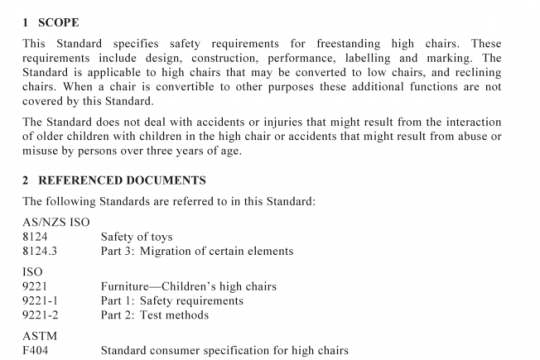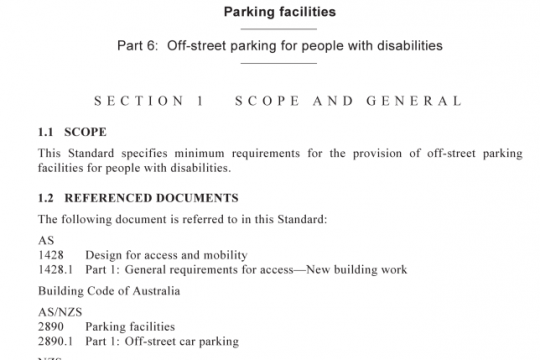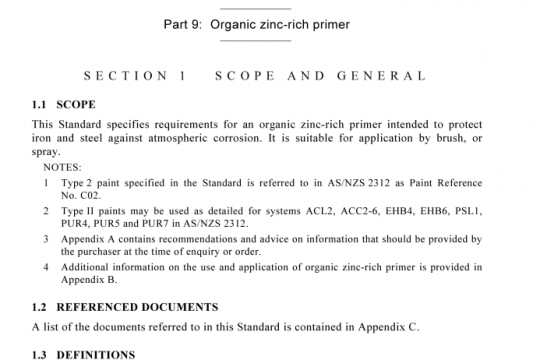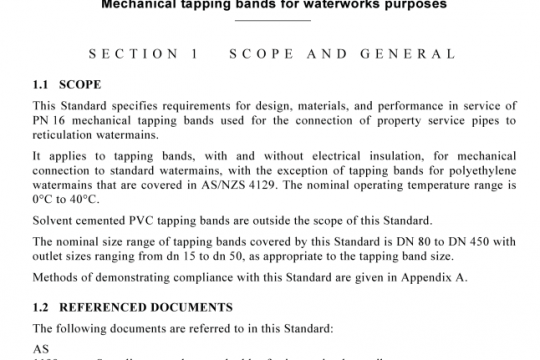AS NZS 3580.9.13:2013 pdf free
AS NZS 3580.9.13:2013 pdf free.Methods for sampling and analysis of ambient air
The main flow passes through a diffusion dryer containing Nafion tubing specially designed to minimize particle loss. The dryer lowers the main flow relative humidity, making possible mass transducer operation at 5°C above monitoring station temperature (mass transducer temperature set point is usually 30°C). The dryer efficiency is monitored by a downstream humidity sensor. The dryer uses re-circulated air that has passed through the sample collection filter to avoid the need for an external source of air to remove the extracted moisture.
When the main flow exits the dryer it enters a switching valve that, every six minutes,alternately directs the main flow either to the sample filter cartridge (the base cycle) or through a separate purge filter typically maintained at 4°C (the cooler filter) prior to passing through the sample filter cartridge (the reference cycle), as shown in Figure 2.
In the base cycle, the main flow enters the mass transducer unit, and is passed through an exchangeable sample filter cartridge placed at the tip of a hollow tapered element, then passes to the mass flow controller that maintains constant flow. The bypass flow is controlled by a separate mass flow controller set at 13.7 L/min (or 12.0 L/min in a dichotomous TEOM where a third mass flow controller maintains the coarse air stream at 1.7 L/min). A single pump provides the vacuum necessary to draw the sample stream(s) and bypass stream through the system.
The mass transducer detection system (see Figure 3) is a hollow tapered element, clamped at one end and free to oscillate at the other end. An exchangeable sample filter cartridge is placed over the hollow element at the end that is free to oscillate, then ambient air is drawn through the filter and down the tapered element. For mass determination, the device makes use of the resonant frequency of the hollow tapered element. As the mass of the filter increases with deposited particles, the oscillating frequency of the tapered element decreases. An electronic control circuit senses this oscillation and through positive feedback, adds sufficient energy to the system to overcome losses. A precision electronic counter measures the frequency with a ten-second sampling period.AS NZS 3580.9.13 pdf free download.




